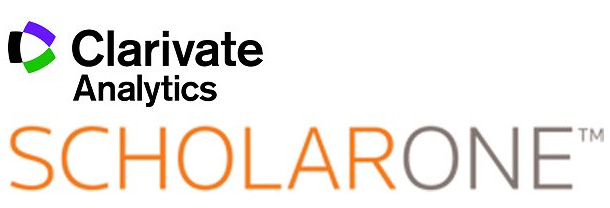Optimizing Patient Care: A Review on Therapeutic Drug Monitoring of some Clinically used Drugs
DOI:
https://doi.org/10.22377/ijpscr.v3i04.175Abstract
Therapeutic drug monitoring (TDM) is a tool for optimizing the prescription in clinical practice to perform the drug assay and interpretation the result to get the constant concentration in the patient bloodstream. TDM was started 60 years ago and the objective of TDM is to maximize the therapeutic effect of therapy by reducing toxicity and efficacy failure by monitoring patient compliance. As we already know that these drugs have a narrow therapeutic window. The scope of TDM in India has additional indications because it will help reduce the drug resistance in patients treated by antimicrobial agents and help decide the highly effective therapy for individual patients. The clinical application of TDM is very useful for pharmacoeconomic study which can be improve the patient adherence. Clinical pharmacologists could increase the utility of TDM with the expert contribution of physicians. This method can improve the individual patient therapy outcome. TDM has two important aspects to study pharmacokinetic and pharmacodynamics. TDM is very useful to decide the dose in renal and hepatic compromised patients. Patient blood profile of an individual patient plays a crucial role to get the optimum therapeutic effect with less toxicity. TDM plays a vital role in the clinical practice of antiepileptic, anti-cancer, antimicrobial, immunosuppressant therapies, and cardiac glycosides and antitubercular agents. In India, the scope of TDM will increase day by day as increase the use of investigational use of drugs and improve the utility of the clinical pharmacology department. In developing countries, TDM has a high chance to grow with high speed.
Downloads
Downloads
Published
How to Cite
Issue
Section
License
Copyright (c) 2024 B R Nahata Smriti Sansthan International Journal of Phramaceutical Sciences & Clinical Research

This work is licensed under a Creative Commons Attribution-NonCommercial 4.0 International License.
This is an Open Access article distributed under the terms of the Attribution-Noncommercial 4.0 International License [CC BY-NC 4.0], which requires that reusers give credit to the creator. It allows reusers to distribute, remix, adapt, and build upon the material in any medium or format, for noncommercial purposes only.







